* Pork back fat is standard meat cut. Every hog has enough of it. In Europe, it is normally available in most stores. In the United States, it is for sale less commonly, but it is still very heavily used in meat products. It is a common ingredient for sausages, kielbasas, brats, and other meat products that are commonly eaten. Since butchers utilize this cut for their meat products, they often do not sell it by themselves. In any good butcher store, you can request this kind of cut, and they will gladly prepare it for you (it may just have to be a special order). You can also purchase this cut from some online meat seller (just write “pork back fat” to Google, confirm with enter, and then select the shopping section. Please note that sellers usually ship only in certain parts of the USA, for that reason I’m not providing you with links). Optionally, you can also obtain pork fat from other pork parts while preparing other meals. For example, Boston pork butt or back pork leg can have in packaging a thick layer of fat that people often cut off and dispose of. If you keep this fat layer and freeze it every time you prepare, eventually, you will collect enough to prepare this recipe. And it will be totally free!
Pork cracklings (škvarky) are a beloved culinary treat that has captured the hearts and taste buds of food enthusiasts worldwide. These golden-brown, crispy morsels are made from rendered pork fat (usually pork back fat), resulting in a unique texture and an irresistible savory flavor.

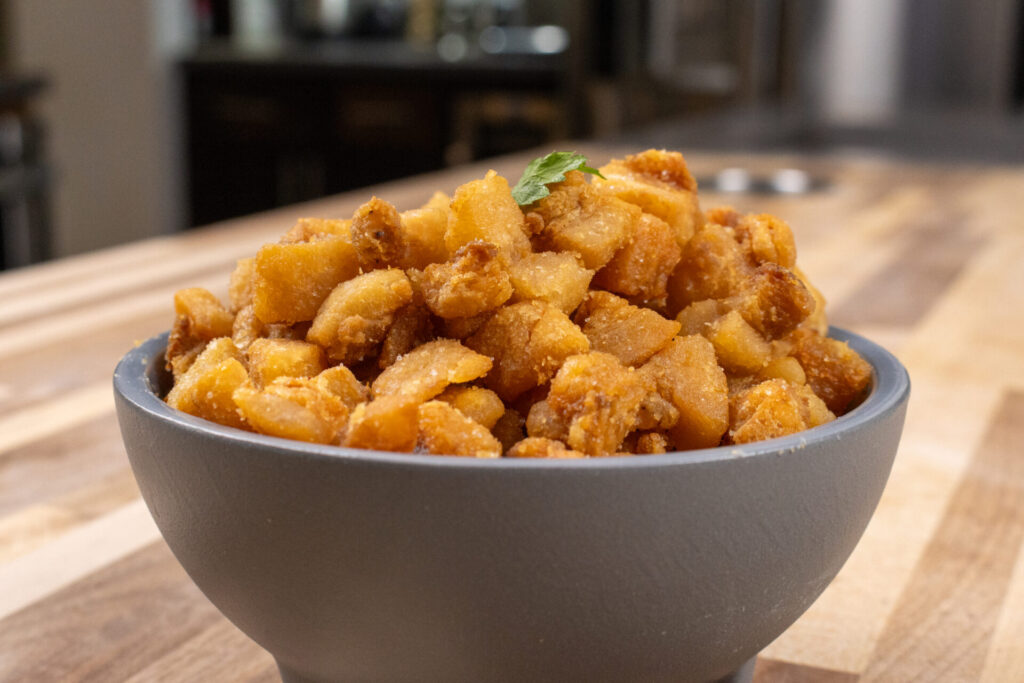
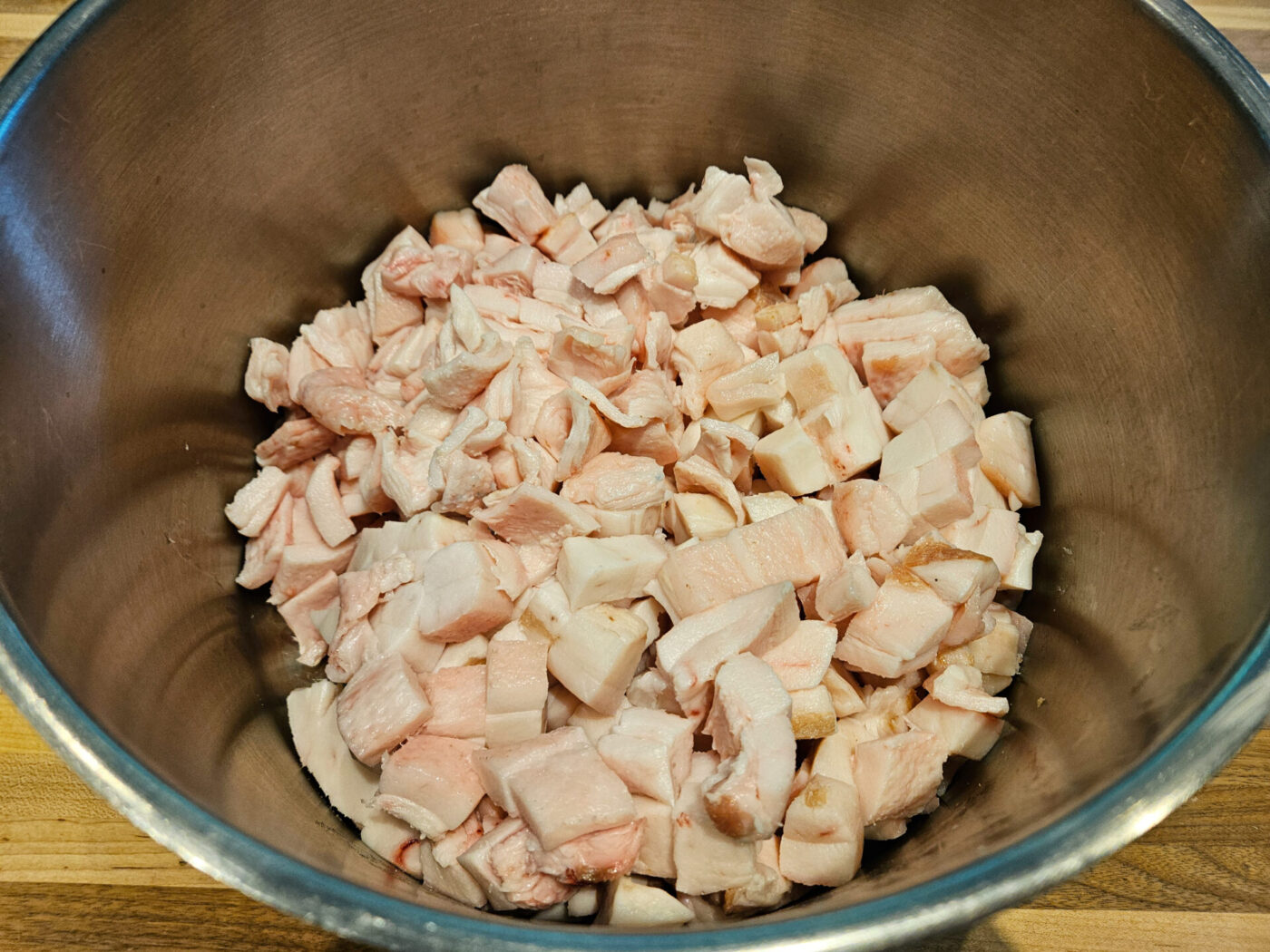
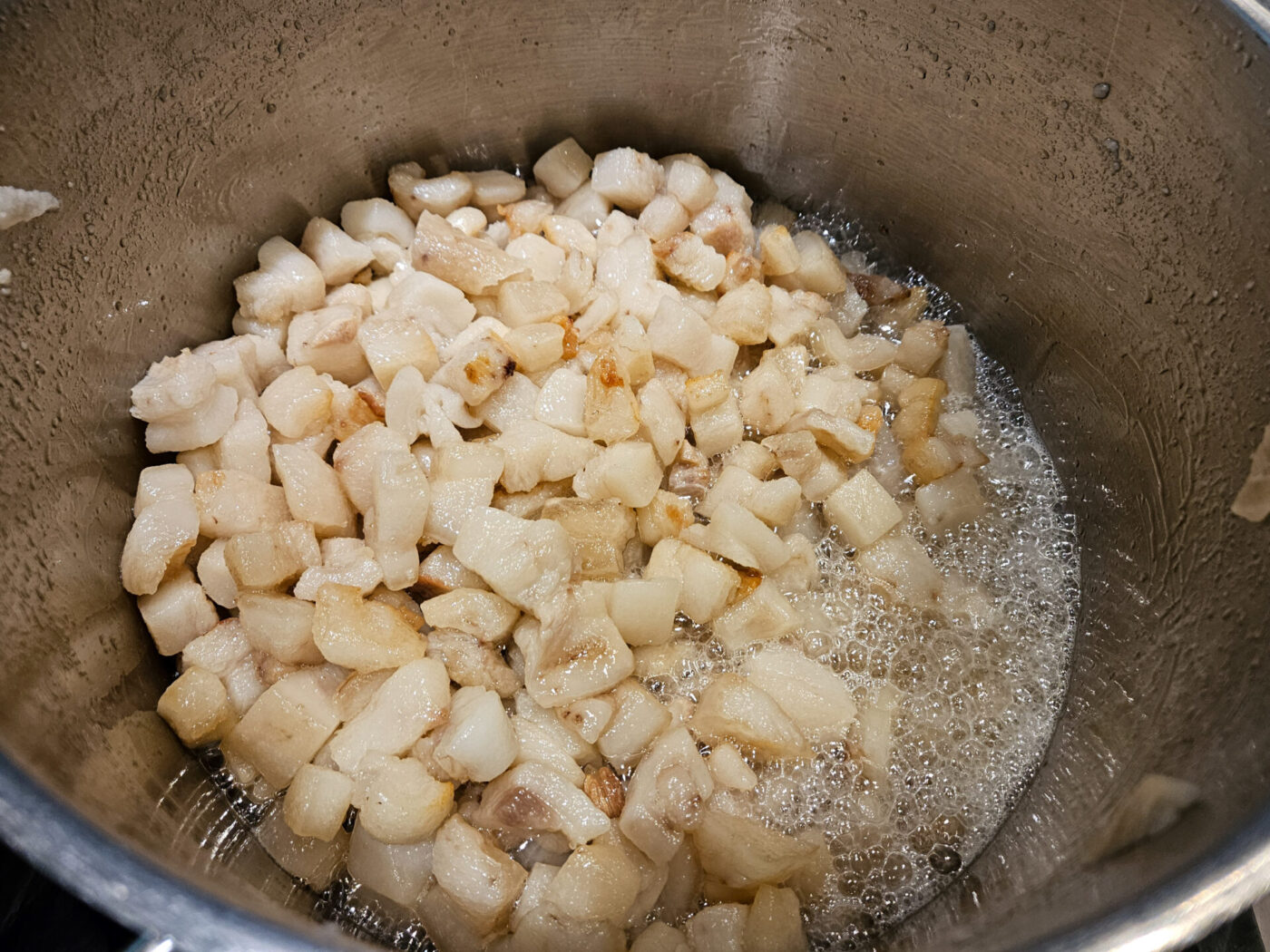
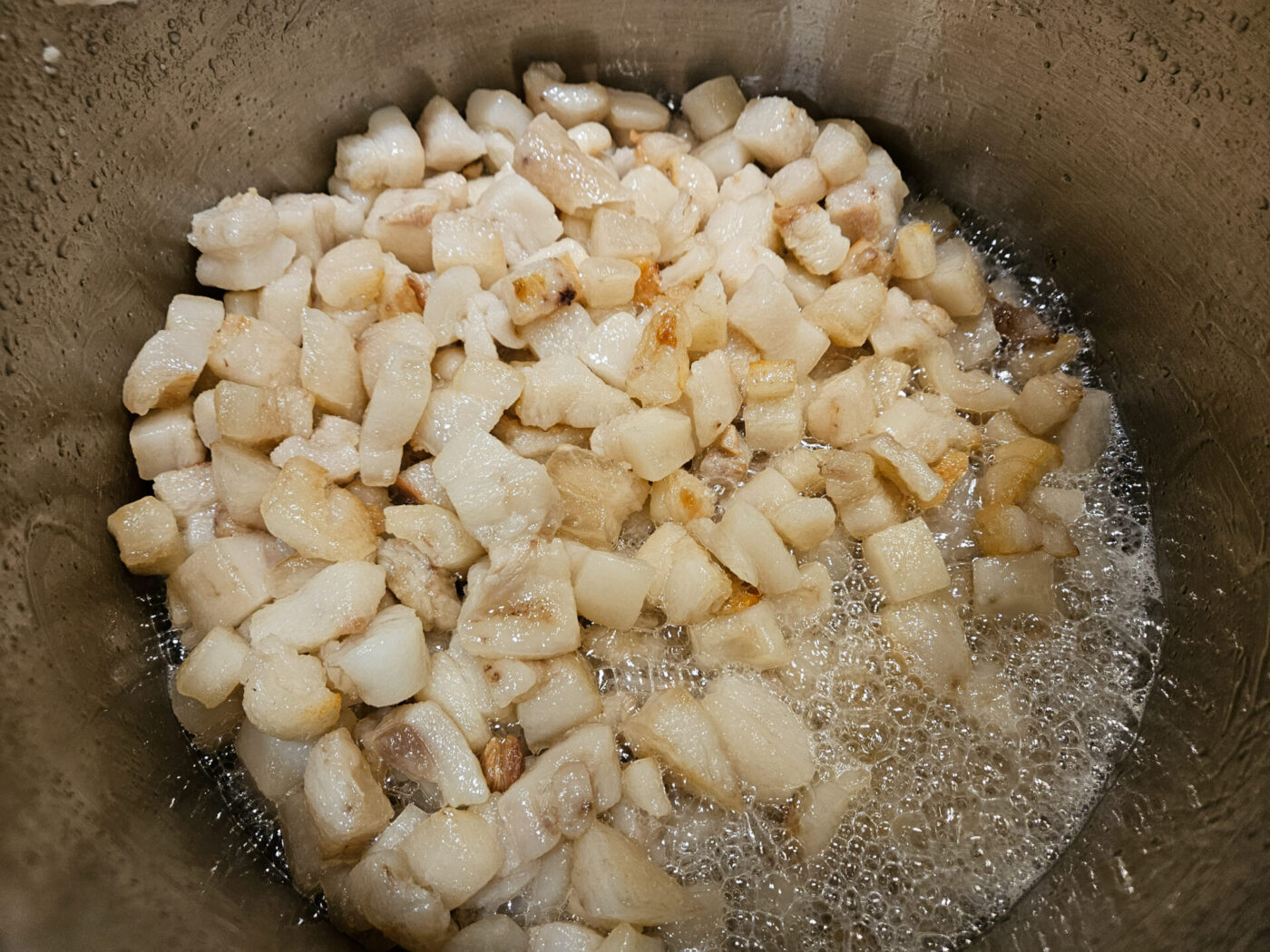
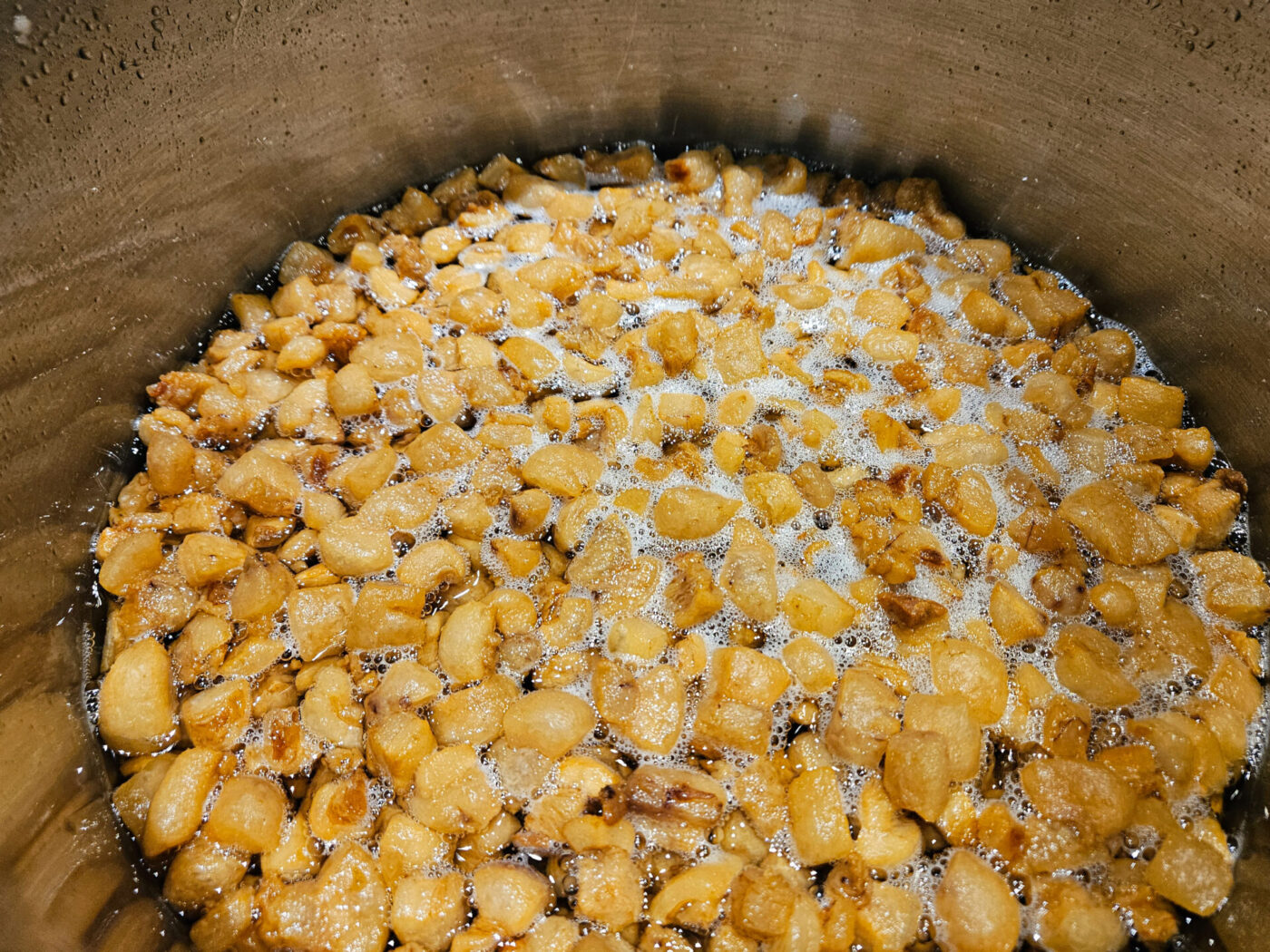
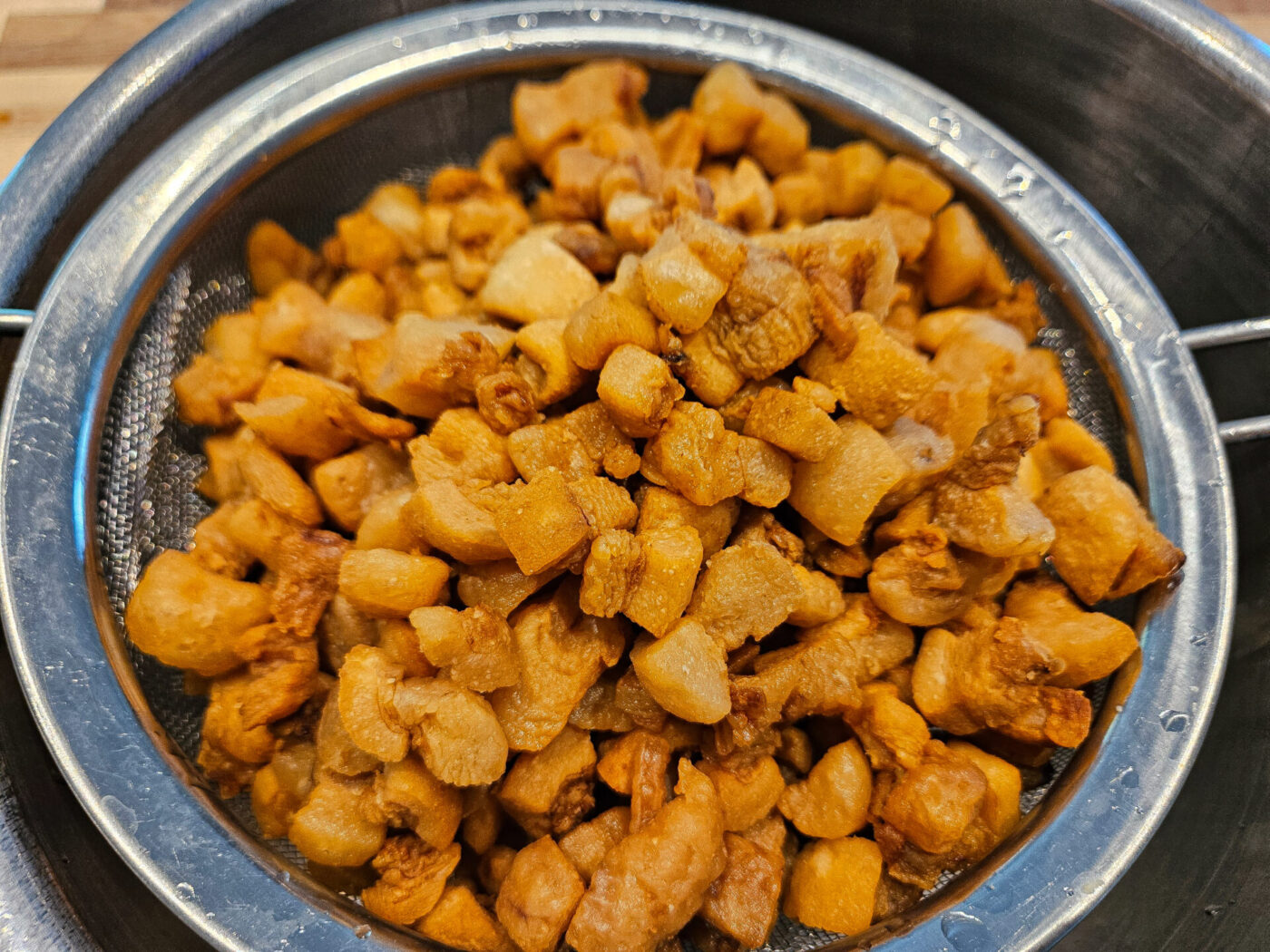



Share
Click on the icons below to share "Title of the item to share"